Research & Innovation
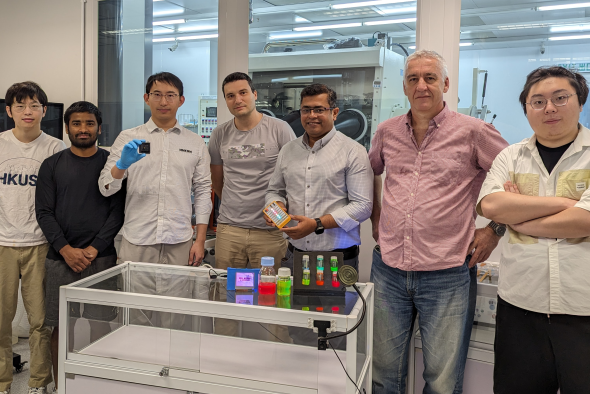
Paving the Way for Efficient Lighting with Desired Optical Spectrum
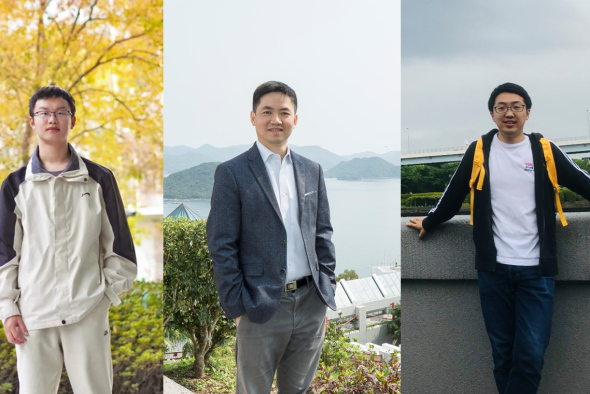
Equipping Robots with a Sense of Smell
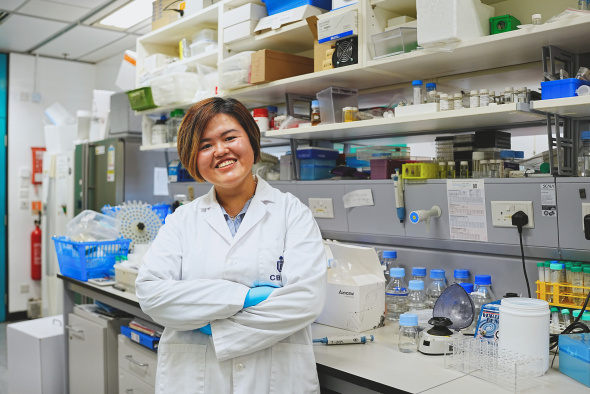
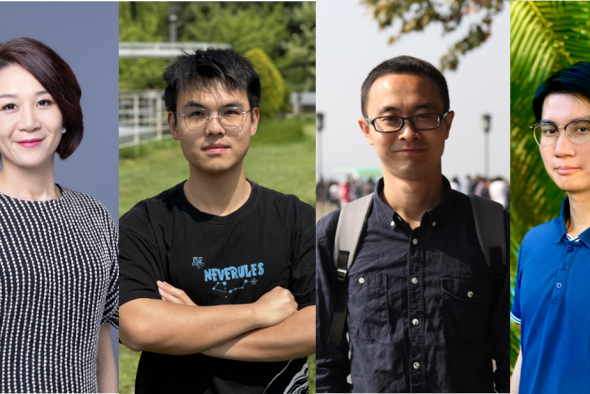
Shaping Our Understanding of Climate Change Impacts
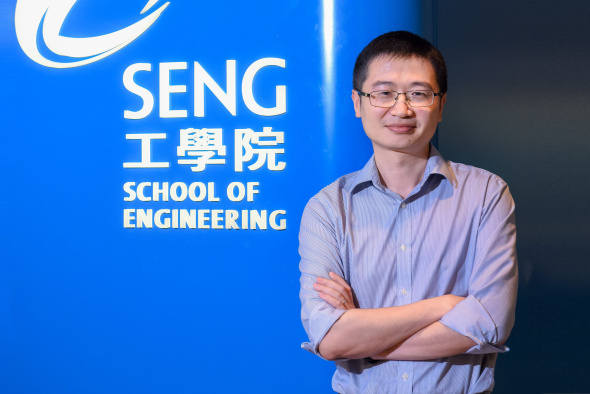
Enhancing Privacy Protection
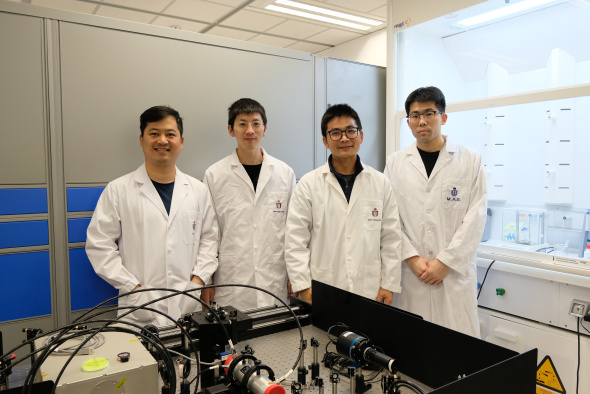
Paving the Way for More Efficient Cooling Technologies
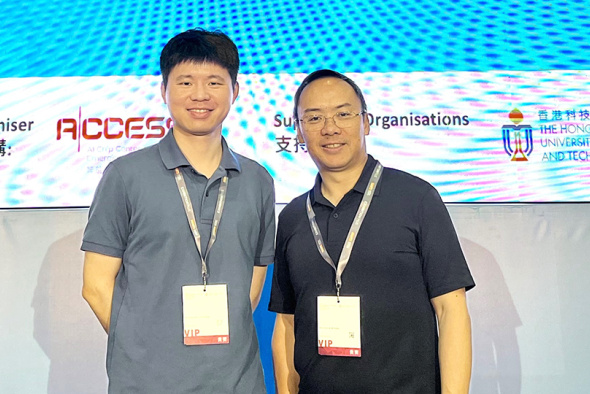
Paving the Way for Large-Scale GenAI Computing
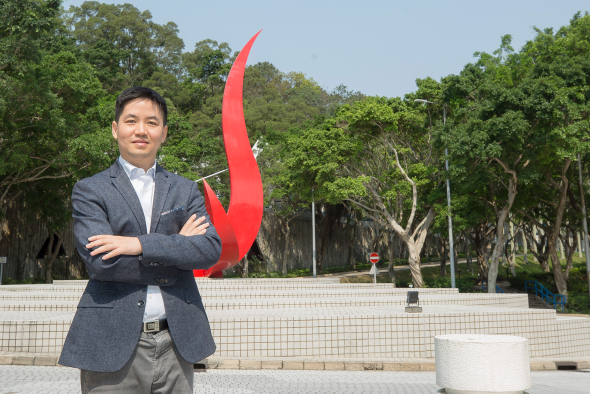
Equipping Robots with a Sense of Smell
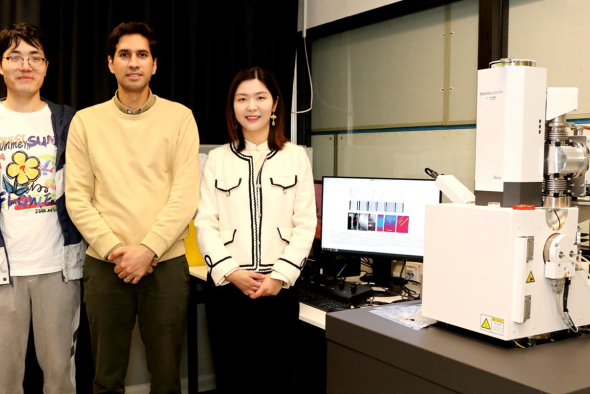
Advancing Mechanics of Materials
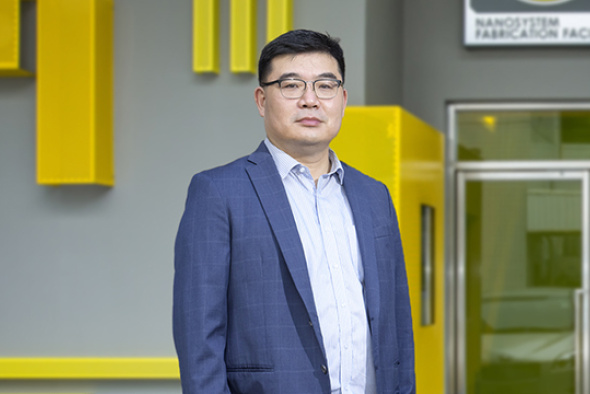
Merging the Best of GaN and SiC
